Appian unveils roadmap for contract writing, greater natural language input
Developers can use the tools to help build and analyze more easily
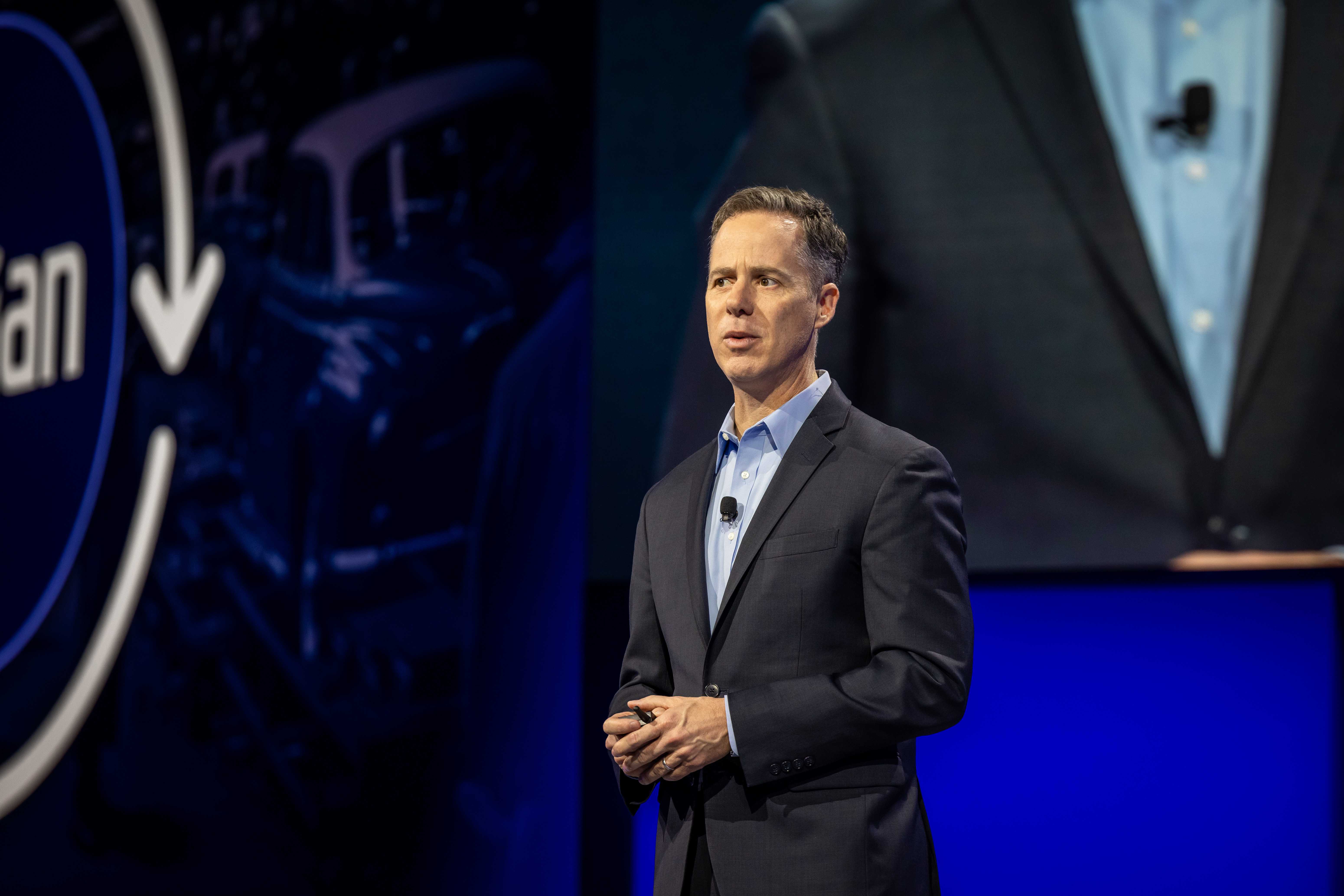

Appian has announced plans to increase natural language input across the platform, as well as new features for the automatic digitization of contracts.
With the implementation of pre-trained large language models (LLM) into its Appian Platform, the firm showed off new automated analytics solutions that will soon become available to customers.
Based on simple user inputs, and leveraging its integration with Appian’s Data Fabric, the system is capable of auto-generating prompts for data retrieval and generating complex data visualizations from plain-English sentences.
Michael Beckley, co-founder at Appian, demonstrated some of the new AI capabilities during a keynote at this week’s Appian World conference.
In one example, Beckley was able to produce a visual ESG breakdown with the phrase ‘show me the average waste emissions by utility bill’.
Appian also announced its new Contract Writing solution which is aimed at assisting public sector agencies by automation the process of drafting contracts.
Through a pre-recorded video, Beckley also demonstrated a warranty claim form being digitized using a few natural language prompts.
Get the ITPro daily newsletter
Sign up today and you will receive a free copy of our Future Focus 2025 report - the leading guidance on AI, cybersecurity and other IT challenges as per 700+ senior executives
Appian’s AI was capable of creating a digital copy with both optional and required fields, drop-down boxes and date-pickers, as well as company branding as described in the original prompt (in this case, green title text).
The time from upload to having a digitized contract was around 30 seconds in this example.
RELATED RESOURCE
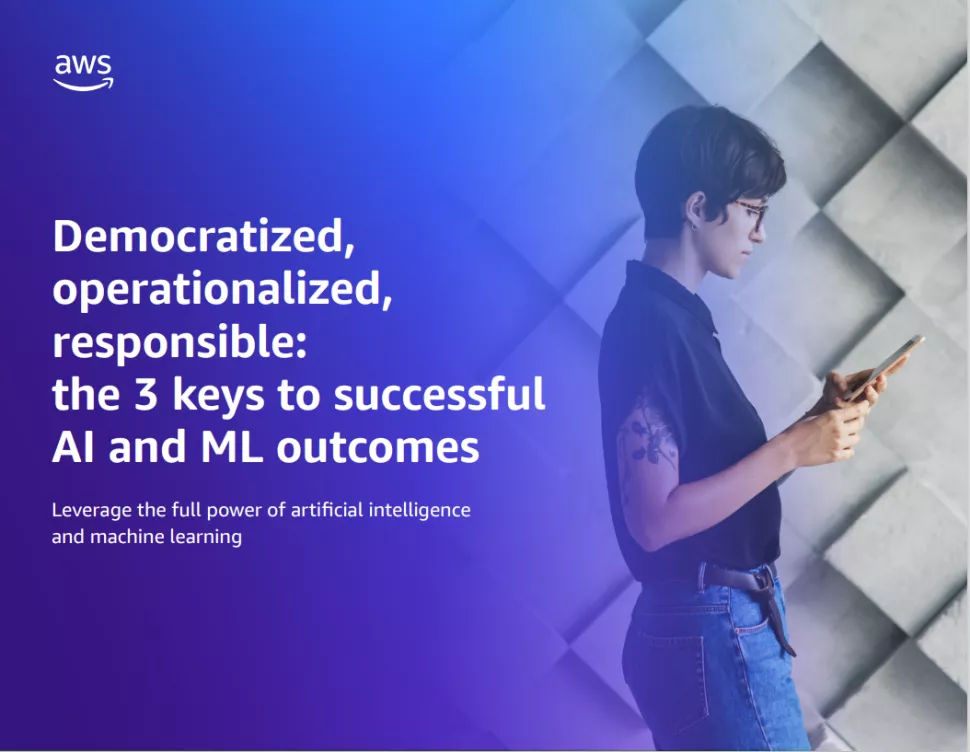
The three keys to successful AI and ML outcomes
Democratized, operationalized, and responsible
“Compared to the many hours this would probably take you, generally speaking, we think it’s a pretty great productivity booster,” said Beckley.
“These large language models provide a base level of natural language understanding, which is great,” Malcolm Ross, SVP of product strategy at Appian, told ITPro.
“But the value for us is to pair that with the context of the Appian software, and to have that natural language understanding translate into building an application or building something inside a product.”
A key example of this was shown in Appian Knowledge Base chatbot, which can return internal knowledge based on natural language inputs.
The prompt ‘What are employers subject to when fail to pay’, for example, returned the relevant legal information based on the territory of the company and cited the specific document from which it pulled the information.
In the near future, customers will also be able to generate requests for information (RFIs) - the documentation needed to obtain information from suppliers on goods and services - with natural language prompts.
A live demonstration showed a user asking for an RFI with a specific response time, and the categories respondents should fill in.
Using the Appian knowledge base, the system can produce accurate and company-specific RFIs based on previous documents.
Having made Appian Contract Writing with federal agencies in mind, the firm stressed that Appian Cloud is compliant with Department of Defense (DoD) impact levels IL4 and IL5.
These pertain to information on critical infrastructure, highly confidential financial information, and unclassified but sensitive military data.
The firm is also aiming for greater integration of generative AI throughout its SAIL code environment.
SAIL is the declarative expression language beneath the hood of Appian’s visual low-code design UX, and Beckley quoted a reddit thread in which developers bemoaned the inadequacy of ChatGPT for working in the language.
With Appian’s new announcements, developers can quickly build workflows using AI and seamlessly open these in the Appian process modeler and edit them in SAIL or using low-code elements.
Developers seeking to use SAIL primarily can also use the inbuilt LLM functions to directly generate SAIL code, or translate SAIL code into plaintext explanations.

Rory Bathgate is Features and Multimedia Editor at ITPro, overseeing all in-depth content and case studies. He can also be found co-hosting the ITPro Podcast with Jane McCallion, swapping a keyboard for a microphone to discuss the latest learnings with thought leaders from across the tech sector.
In his free time, Rory enjoys photography, video editing, and good science fiction. After graduating from the University of Kent with a BA in English and American Literature, Rory undertook an MA in Eighteenth-Century Studies at King’s College London. He joined ITPro in 2022 as a graduate, following four years in student journalism. You can contact Rory at rory.bathgate@futurenet.com or on LinkedIn.
-
 Bigger salaries, more burnout: Is the CISO role in crisis?
Bigger salaries, more burnout: Is the CISO role in crisis?In-depth CISOs are more stressed than ever before – but why is this and what can be done?
By Kate O'Flaherty Published
-
 Cheap cyber crime kits can be bought on the dark web for less than $25
Cheap cyber crime kits can be bought on the dark web for less than $25News Research from NordVPN shows phishing kits are now widely available on the dark web and via messaging apps like Telegram, and are often selling for less than $25.
By Emma Woollacott Published
-
 Can robots work safely alongside humans? This one industry leader thinks we're not far away
Can robots work safely alongside humans? This one industry leader thinks we're not far awayNews Humanoid robots and people will be able to work truly side-by-side this year, according to the CEO of one leading robotics company.
By Nicole Kobie Published
-
 Nearly half of workers think using AI makes them look lazy and incompetent
Nearly half of workers think using AI makes them look lazy and incompetentNews AI adoption is slowing among desk workers, driven by uncertainty around its permissibility in the workplace
By Solomon Klappholz Published
-
 UK government trials chatbots in bid to bolster small business support
UK government trials chatbots in bid to bolster small business supportNews The UK government is running a private beta of a new chatbot designed to help people set up small businesses and find support.
By Emma Woollacott Published
-
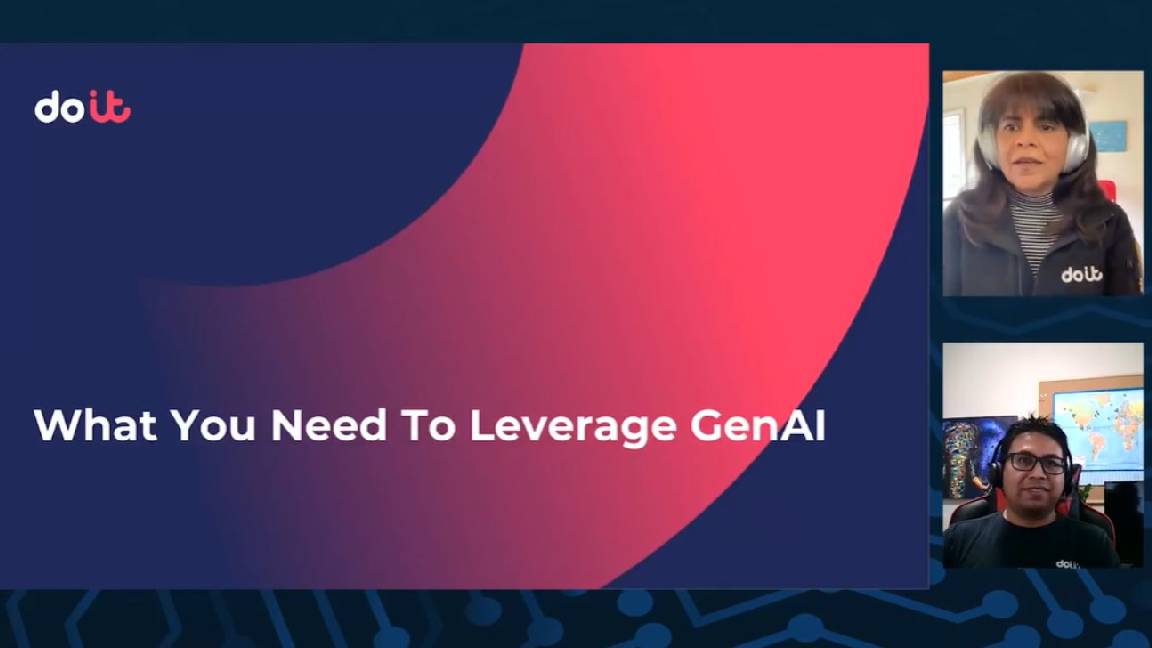 What you need to leverage genAI
What you need to leverage genAIWhitepaper What you need to leverage genAI
By ITPro Published
-
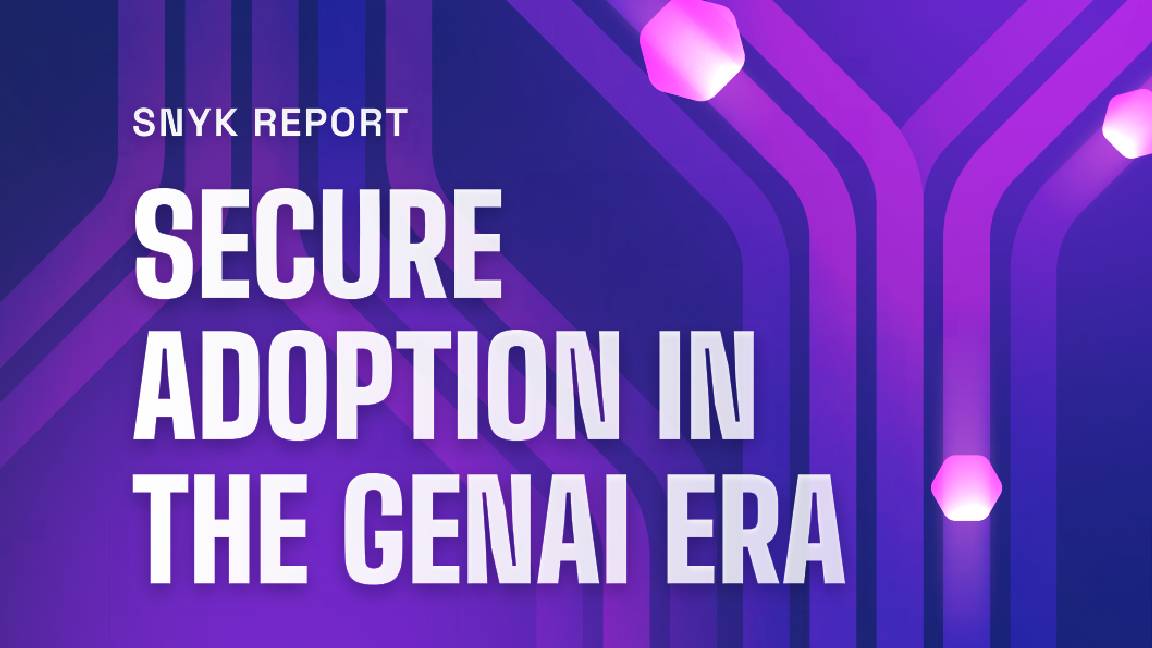 AI Survey Report
AI Survey ReportWhitepaper Level up your AI game with secure GenAI adoption
By ITPro Published
-
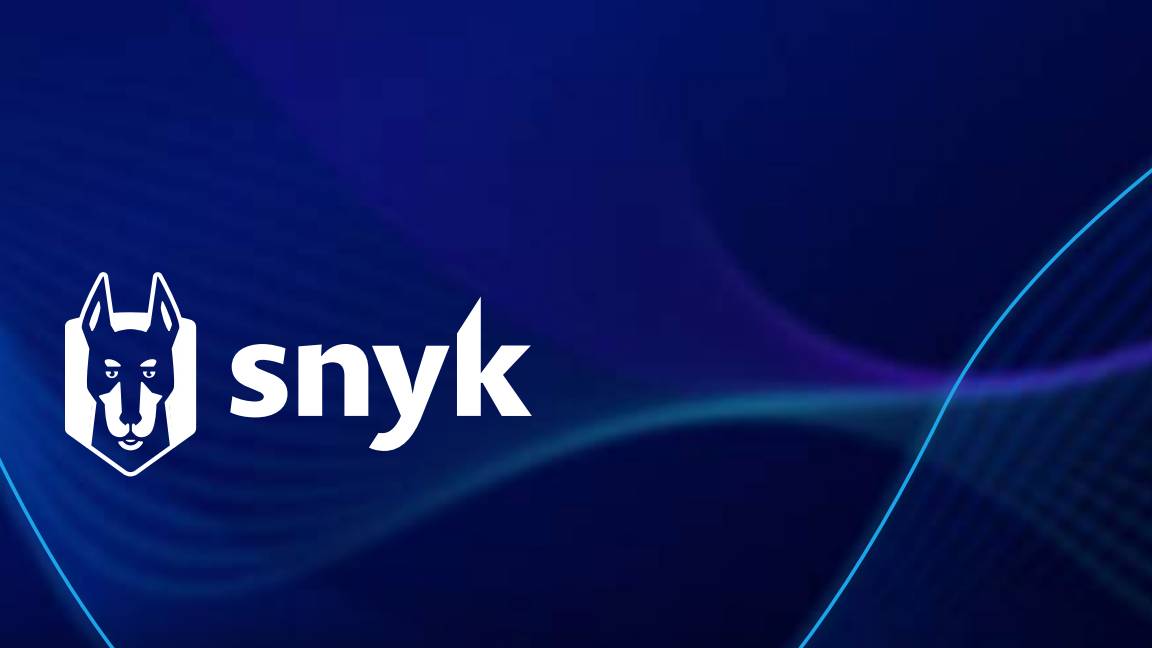 AI Code security report: Organizations must change their approach
AI Code security report: Organizations must change their approachWhitepaper 56.4% say insecure AI suggestions are common — but few have changed processes to improve AI security
By ITPro Published
-
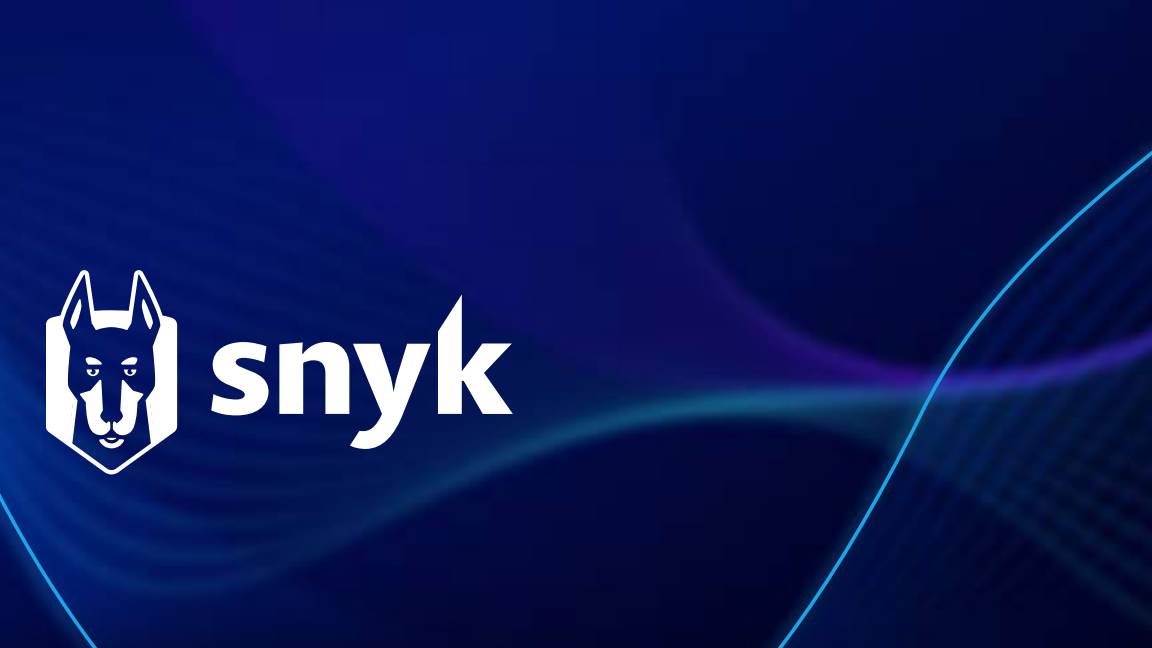 Gen AI buyer’s guide
Gen AI buyer’s guideWhitepaper Protecting businesses from AI-generated code vulnerabilities
By ITPro Published
-
 Achieving business outcomes with generative AI
Achieving business outcomes with generative AIWebinar Take your hybrid cloud journey to the next level with generative AI
By ITPro Published